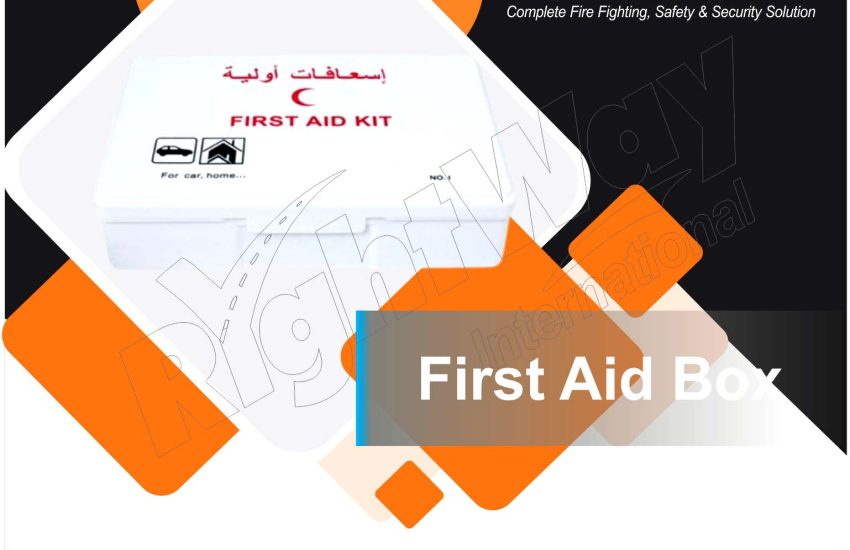First Aid Box is a vital part of any emergency preparedness plan. It provides immediate access to medical supplies for treating injuries, managing health issues, and offering initial care until professional help arrives. Whether at home, in the workplace, or while traveling, a well-maintained first aid box can make a significant difference in handling emergencies quickly and effectively.
What Is a First Aid Box?
A first aid box—also known as a first aid kit—is a container filled with essential medical supplies. It is designed to treat minor injuries, manage health incidents, and stabilize serious conditions before emergency services arrive. Having one readily available helps individuals respond confidently in various situations.
Why Is a First Aid Box Important?
1. Immediate Response
In emergencies, time matters. A fully stocked first aid box enables fast treatment, reducing the chance of complications and helping the injured recover more quickly.
2. Emergency Preparedness
Accidents are unpredictable. Whether you’re at home, in the car, or outdoors, a first aid box ensures you’re ready to act without delay.
3. Health and Safety Compliance
For businesses and public facilities, maintaining a first aid box is not just best practice—it’s often a legal requirement. Compliance supports workplace safety and minimizes legal risk.
4. Peace of Mind
Knowing that you can handle minor injuries or respond until help arrives brings peace of mind to families, employees, and individuals.
Essential Contents of a First Aid Box
A comprehensive first aid kit should include the following supplies:
- Adhesive Bandages (assorted sizes): For minor cuts, scrapes, and blisters
- Sterile Gauze Pads: To cover larger wounds
- Adhesive Tape: For securing gauze or dressings
- Antiseptic Wipes: For cleaning wounds
- Antibiotic Ointment: To help prevent infection
- Hydrocortisone Cream: For itching or inflammation
- Burn Cream: For treating minor burns
- Scissors: For cutting tape, bandages, or clothing
- Tweezers: To remove splinters or debris
- Thermometer: To check body temperature
- Instant Cold Packs: To reduce swelling
- Elastic Bandage: For wrapping sprains and strains
- CPR Face Shield: For safe resuscitation efforts
- First Aid Manual: Step-by-step care instructions
- Disposable Gloves: For hygienic treatment
- Pain Relievers (e.g., ibuprofen or acetaminophen)
- Emergency Contact List: Including local medical services
Maintaining Your First Aid Box
To ensure your first aid box is always ready for use, follow these maintenance tips:
1. Perform Regular Inspections
Check your kit every few months. Look for expired medications, damaged packaging, or missing items. Replace them promptly.
2. Restock Immediately After Use
After any item is used, replace it as soon as possible. Keeping an inventory list inside the box can help track supplies.
3. Store It Properly
Keep your first aid box in a dry, clean, and easy-to-access location. At the same time, keep it out of reach of small children unless it’s designed for child use.
4. Provide Basic Training
Ensure everyone in your home or workplace knows where the kit is and how to use it. Consider attending a basic first aid course for hands-on knowledge.
Conclusion
A first aid kit is more than a convenience—it’s a lifesaving resource. When stocked and maintained correctly, it empowers individuals to act quickly and calmly in emergencies. Regular inspections, timely restocking, and basic training are essential steps in making sure your first aid kit serves its purpose when it matters most.


